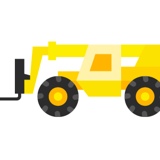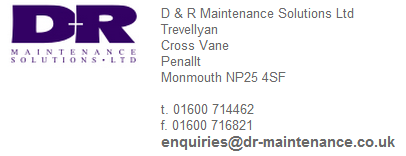Title Page
-
Site conducted
-
Conducted on
-
Prepared by
-
Location
Untitled Page
-
Inspector Name:
-
Date:
undefined
-
Harness
-
Harness Serial Number:
-
Date of First Use:
-
Date of Manufacture: *
undefined
-
Lanyard
-
Lanyard Serial Number:
-
Date of First Use:
-
Date of Manufacture: *
INSPECTION POINTS
-
Check serial number and year of manufacture, (harness in excess of 5 years should be quarantined until a formal inspection certificate is available covering the current 6 months)
-
Inspect the load indicator warning (located on webbing below dorsal D-Ring pad) to see if any part of it is showing
-
Inspect hardware for cracks, sharp edges, deformation, corrosion, rust, or other signs of wear or damage
-
Ensure all labels and markings are legible and attached to the product
-
Ensure all springs are in working condition
-
Ensure sewn terminations are secure, complete, and not visibly damaged
-
Inspect stitching for pulled, missing, or cut stitches or other signs of wear or damage
-
Inspect buckles and D-Rings for damage, distortion, cracks, breaks, rough or sharp edges, or other signs of wear or damage
-
Inspect buckle attachments for unusual wear, frayed or cut fibers, broken stitching, or other signs of wear or damage
-
Ensure buckles properly engage
-
Ensure the outer and center bars on friction and slotted mating buckles are straight
-
Inspect webbing by bending a portion of the webbing six to eight inches (15 to 20 centimeters) into an inverted "U" shape. Continue along all webbing inspecting for tears, cuts, fraying, abrasions, discoloration, burns, holes, mold, additional punched holes, missing straps, excessive hardness or brittleness, or other signs of wear or damage
-
Inspect all webbing hidden by components by adjusting all keepers, buckles, padding, and D-Ring
Tongue Buckles/Grommet Tongues Inspection
-
Tongue buckles/grommet tongues, if supplied, should be free of distortion in shape and motion
-
Tongue buckles should overlap the buckle frame and move freely in their socket
-
The roller should turn freely on frame
-
Inspect tongue buckles for loose, distorted, or broken grommets (holes)
Quick-Connect Buckle Inspection
-
Ensure that quick-connect buckles, if supplied, engage properly by tugging on both halves of the buckle to make sure it will not disengage
-
Ensure the quick-connect buckles' release mechanisms are free of debris
Lanyard Inspection
-
Check serial number and year of manufacture, (lanyard in excess of 5 years should be quarantined until a formal inspection certificate is available covering the current 6 months)
-
Ensure all labels and markings are legible and attached to the product
-
Inspect rope by bending a portion six to eight inches (15 to 20 centimeters) into an inverted "U" shape. Continue along all rope inspecting for broken strands, cuts, fraying, abrasions, discoloration, burns, holes, mold, additional punched holes, excessive hardness or brittleness, or other signs of wear or damage
-
Inspect stitching at ends for pulled, missing, or cut stitches or other signs of wear or damage
-
*- Equipment exceeding 5 years from manufacture will require the formal inspection to be current and within 6 months
-
Signature
-
Date
















